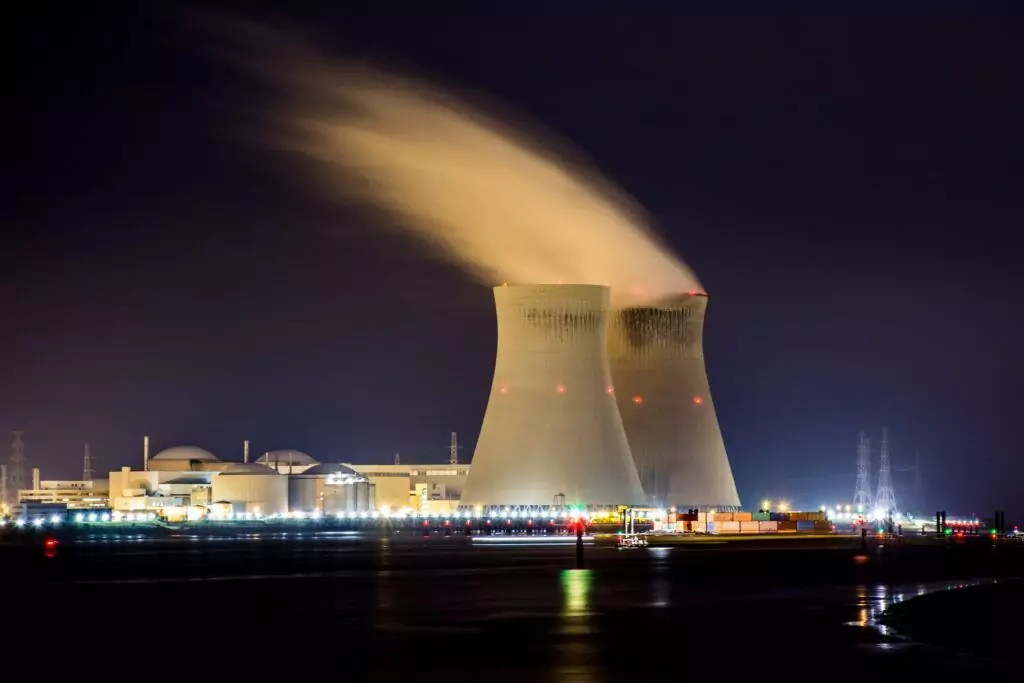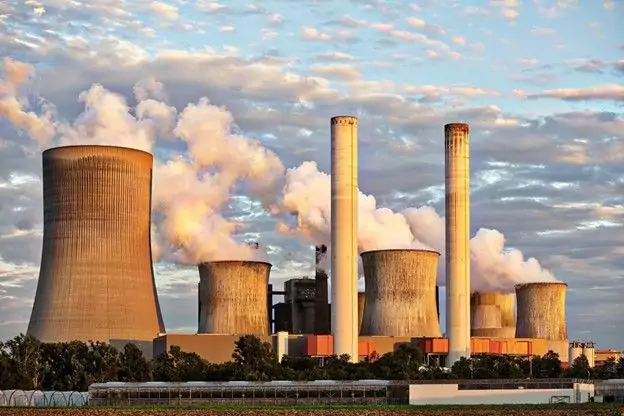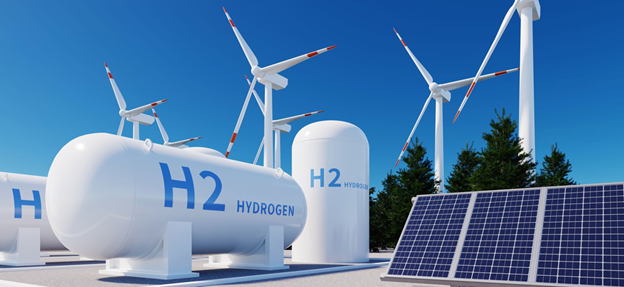North America is witnessing a surge in the design and construction of new technology pilot plants largely because of the rapid changes in the energy sector. The development and testing of new sources of energy as well as emission reduction technologies are often tested in these facilities. New technology pilot plants are essential to understand how we can all benefit from the development of hydrogen, wind, solar, geothermal, oil, gas or nuclear power. However, the success of these new technology pilot plants hinges on several key factors including the expertise of skilled engineers.
Development of new technology pilot plants and the role of engineers
The backbone of any new technology pilot plant are qualified engineers and other specialists. Part of the job of engineers is to come up with the theoretical designs and then put them into practice across different applications. Engineers often support the development of emerging energy sources or refine technologies to reduce emissions. Their roles are multifaceted and often include:
•Design and Development: Often engineers design and develop multiple solutions to real-world energy problems in new technology pilot plants.
• Problem-Solving: There are very complex issues that may arise during and after building new technology pilot plants – engineers must be innovative and provide solutions.
• Quality Assurance: Ensuring that new technology pilot plants operate within the approved safety and environmental specifications is crucial; engineers play a substantial role in upholding these practices.
• Data Collection: Data collection is another activity that requires data management skills as well as high-quality information management systems. In many new technology pilot plants, an information management system houses the various information needs of all stakeholders, including researchers, scientists, engineers and executives.
• Research and Development: New technology pilot plants provide a space for the execution of high-quality research and development (R&D), specifically, the testing and validation of new technologies before they are scaled up for production. This includes a thorough understanding of the behavior of materials in various operating conditions. This information is vital in making informed decisions, promoting innovation, and ensuring the execution of business and technology strategies.
•Regulatory Compliance: With many new technology pilot plants working with new energy sources or new technologies adherence to, and understanding of, regulatory standards is mandatory. Regulatory compliance involves following environmental regulations, safety measures and local, national and international processes and procedures.
• Flexibility: Various challenges, changes in project scope, new technology updates, and regulatory updates require flexibility in new technology pilot plants operations. This incorporates being able to change systems or processes quickly because of new findings and changes occurring outside of their control. Flexibility also involves using digital technologies for uniform data collection and analysis to improve efficiency throughout the production process.
Regulatory landscapes are evolving and complex
Engineers must:
- Understand local, national and international regulations: regulations can differ significantly from one region to another
- Compliance with environmental standards: projects must meet emissions targets, adhere to waste disposal regulations, and other environmental protection standards.
- Safety regulations: adherence to safety standards, especially in high-risk sectors such as nuclear energy is important; plants need to meet and exceed safety regulations
Meeting Client Expectations
Clients investing in new technology pilot plants often have high expectations due to the enormous financial and reputational implications. Engineers must:
- Deliver Innovation: clients are searching for innovative new sources of energy or technologies that could provide them with competitive advantages.
- Cost-effective solutions: it is essential to balance cutting-edge technology with cost-effectiveness
- Timely delivery: it’s important for engineers to deliver on-time and on-budget
Opportunities in emerging fields
Despite these challenges, working on new technology pilot plants offers tremendous opportunities for engineers:
- Career growth: over time, engineers who work on new technology pilot plants can improve their skills and expertise which can lead to career progression
- Impact on sustainability: by focusing on renewable energy production and emission reduction technology, engineers are directly working towards environmental sustainability and help battle climate change.
- Innovation leadership: being involved in pilot projects allows engineers to lead and define what will happen for the future of energy and technology.
In short, although working in new technology pilot plants is not without challenges, the possibilities for career advancement, environmental benefits and innovation are also within reach.
The Future is Now: From Oil and Gas to Renewable Energy
These days, engineers are at the forefront of many changes in the energy industry. Engineering is also essential in developing and propagating renewable energy technologies besides oil and gas. Qualified engineers play a vital role in this industry because of their ability to overcome technical obstacles.
Wind Energy
New technology pilot plants are necessary for the wind industry because they support research into more complex turbine designs and novel materials resistant to harsh environmental conditions. They also help improve auger propulsion blade designs through computational fluid dynamics, which increases aerodynamics. They also develop technologies for more dependable energy output through gearboxes and generators. Finally, engineering skills are essential for integrating innovative grid technologies, enabling the efficient distribution of wind energy extracted from generating stations.

Solar Energy
Engineers are also involved in developing building-integrated photovoltaics, or BIPV, which refers to solar cells incorporated into materials used for construction, hence having aesthetic and functional advantages. Another critical area of research is the thermal energy storage systems used to store solar energy during no-sunlight hours. New technology pilot plants are a great place to test new materials, such as perovskite, which is an ideal material that can provide a higher absorption and efficiency rate than typical silicon-based cells.
Nuclear Energy
One of the unique engineering challenges associated with nuclear energy is the development of highly radiation-resistant materials that can withstand high temperatures and the design of improved waste management systems. Another area of interest is integrating atomic power with other renewable sources to create hybrid energy systems. Small Modular Reactors (SMRs) are one type of reactor that promises safer, more efficient, and less expensive nuclear power.

Innovations in Energy Storage
Developing energy storage technology is a fundamental aspect of the growth of renewable energy sources. Several trends and innovations in energy storage are gaining prominence, each of which plays a crucial part in mitigating the intermittent nature of renewable energy sources such as wind and solar power.
Advanced Lithium-Ion Batteries
Lithium-ion batteries dominate the market due to their portability, ease of fast recharging, and low maintenance. However, concerns about their flammability, reliability in high temperatures, and the overall environmental impact of material harvesting have led to much research in this area. Innovations increase performance and lifetime using lighter, more energy-dense materials like lithium polymer, lithium-air, lithium titanate, and lithium sulphur.
Lithium Alternatives
The limitations of lithium batteries — particularly their environmental effects — have sparked a great deal of interest in exploring alternative materials. Sodium-sulfur batteries, for instance, are composed of relatively inexpensive materials and have longer lifespans and higher cycles of charge/discharge. On the other hand, zinc-air batteries are a viable alternative that offers stability, abundance, and low toxicity. These materials will play a significant role in driving the development of next-generation battery storage.
Short-Term Response Energy Storage Devices
Other technologies like supercapacitors and flywheels can achieve high power density over a short duration. Transient periods are critical for the parts to ensure sustained quality and reliability of the power grid, especially following a system disturbance or load change. On the other hand, their utilization in fuel cell applications and urban energy storage systems boosts efficiency levels of both charge cycles and how to store or even save up power.
Grid Modernization and Integration
Grid modernization is still a focus, with more renewable energy sources being adopted. Some critical innovations in managing power networks and integrating intermittent renewable sources pertain to software and AI-driven algorithms. For instance, Virtual batteries make it possible for grid operators to use the capacity of several distributed power sources, such as EV batteries, during peak periods without needing them to be overcapacity.
Hydrogen and Alternative Fuels
Using hydrogen as an alternative fuel increases the ease with which carbon-free energy can facilitate transportation. It is being used to replace batteries in EVs for fuel cell power supply and is applicable in off-grid electricity applications, including backup generators.
Emission-reducing new technologies in the oil and gas industry
The oil and gas industry is heavily researching emission-reduction technologies and implementing them to reduce emission rates and enhancing sustainability. Here are some key strategies and technologies being adopted:
Optimizing Operational Efficiency
Companies are concentrating on boosting the effectiveness of current systems, procedures and equipment. This includes eliminating unnecessary or unproductive machinery, for instance, gas turbines and compressors, to minimize emissions and costs in terms of operation.
Changing Power Sources
A power shift occurs in upstream operations, responsible for a significant portion of the sector’s emissions. Renewable on-site benefits include replacing diesel generators with solar PV and battery setups. This not only helps to minimize emissions but can also be profitable in the long term. Companies also centralize rigs and platforms with central grids instead of relying on decentralized diesel generation.
Reducing Fugitive Emissions
The industry is enhancing its leak detection and repair systems, putting vapor-recovery units in place, and applying the best available technology to minimize methane emissions. It has also successfully reduced fugitive emissions through innovations in sealing technologies for valves and pressure systems.
Conclusion
The development of new technology pilot plants in North America requires skilled engineers to help overcome many challenges.
Designing new technology pilot plants in North America is about understanding the potential of new energy sources and designing more environmentally efficient and effective ways of extracting, processing and distributing this energy. At the end of the day, it’s clear that a dedicated team of engineers and other specialists are required to determine the best path forward in the development of energy.
Looking for a partner for your new Technology Pilot Plant?
Vista Projects is an integrated engineering services firm able to assist with your new technology pilot plant project. With offices in Calgary, Alberta, Houston, Texas, and Muscat, Oman, we help clients tailor engineering phases for the unique needs of their projects. Contact us today!
Looking for your next (last?) great job at a great EPC firm?
Vista Projects is hiring for multiple roles in engineering and system integration – apply today!








